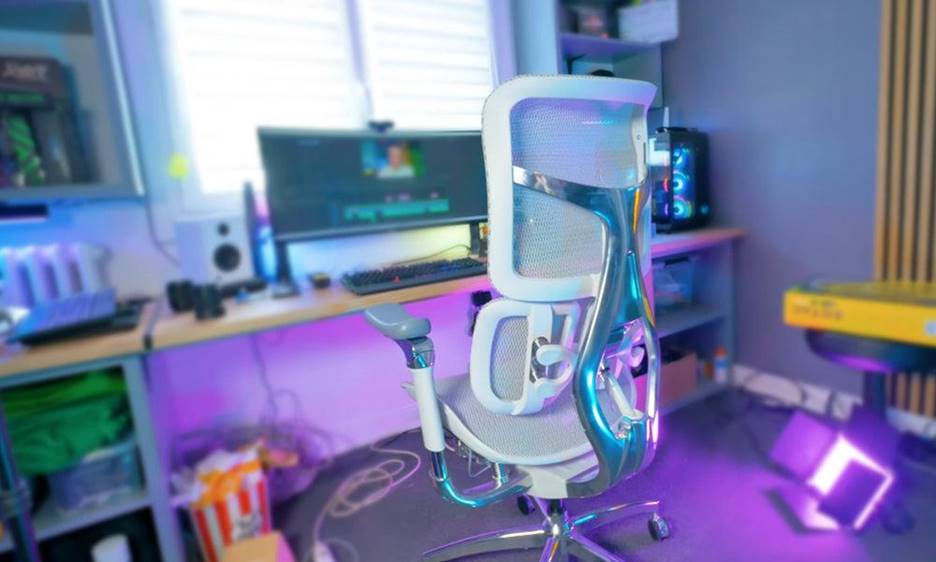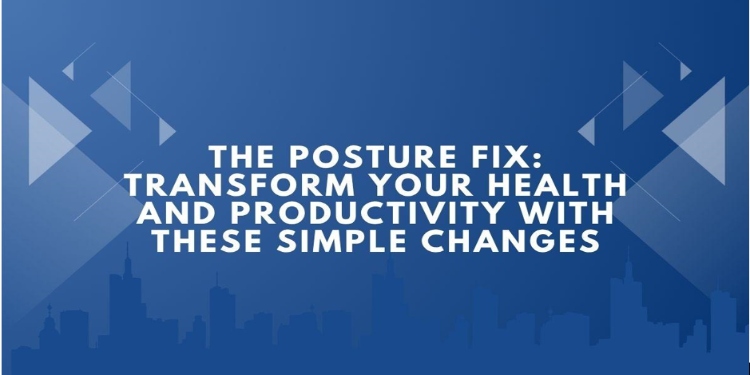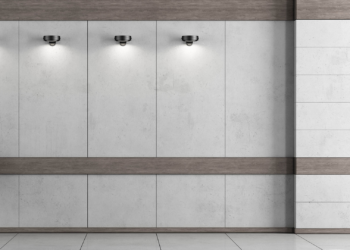Remember the time your teacher told you to sit up straight, and you rolled your eyes? Turns out, they were onto something. Good posture isn’t just about looking confident (although, that’s a great perk). It’s the unsung hero of your physical health and mental focus—especially if you’re glued to a screen 9 to 5 or battle through essay deadlines at 2 AM.
Whether you’re a dedicated desk jockey, an all-night gamer, or a student hunched over notes, improving your posture is a game-changer. Brands like Sihoo, known for their ergonomic expertise, are reshaping how we think about sitting—proving that comfort and health can go hand-in-hand, even at your desk.
Let’s dive into the what, why, and how of posture correction—and why your spine will throw a thank-you party.
Why Is Posture So Important?
Posture is how you hold your body when sitting, standing, or lying down. Think of your spine as a stack of books. If one book tilts out of alignment, the whole tower starts to wobble. That’s your body dealing with poor posture—compensating with tension, pain, and fatigue.
The Ripple Effects of Bad Posture
| Impact Area | Effect of Poor Posture | Improved with Good Posture |
| Spine Health | Compression, disc issues, chronic back pain | Neutral alignment, reduced strain |
| Breathing | Restricted diaphragm movement, shallow breathing | Improved lung capacity and oxygen intake |
| Mental Focus | Fatigue, mental fog due to low oxygenation | Sharper focus, better concentration |
| Energy Levels | Sluggishness from muscle fatigue | Boosted energy through efficient body mechanics |
| Mood & Confidence | Slouched body language lowers self-esteem | Upright posture boosts dopamine and self-assurance |
Did You Know? Slouching can reduce your lung capacity by up to 30%—which means your brain literally gets less air to think.
How Can I Correct My Posture?
Correcting posture is a blend of awareness, habit, and ergonomics. Here’s how to start:
1. Master the Basics of Good Posture
- Head: Neutral, ears aligned with shoulders
- Shoulders: Rolled back and relaxed
- Back: Maintain the spine’s natural S-curve
- Feet: Flat on the floor, knees at a 90° angle
Pro Tip: Use the “wall test”—stand against a wall with your head, shoulders, and back touching. Feel the alignment? That’s your blueprint.
2. Set Up Your Space Like a Pro
Ergonomics isn’t just a buzzword—it’s the MVP of posture correction.
| Element | Ideal Setup |
| Chair | Adjustable, lumbar support, hips slightly higher than knees |
| Desk Height | Elbows at a 90° angle when typing |
| Monitor Position | Top of the screen at or just below eye level, about arm’s length away |
| Keyboard/Mouse | Keep close to avoid reaching, wrists neutral |
| Foot Support | Use a footrest if your feet don’t reach the floor |

If you’re in the market for an upgrade, an ergonomic office task chair can make a world of difference. Look for models that support your lumbar curve, promote healthy sitting habits, and are adjustable to suit your frame. Trust us—your spine will sing your praises.
3. Take Movement Breaks (Your Body Craves It!)
Staying still is the enemy. Every 30 minutes, stand up, stretch, or walk around. Not only does this reset your posture, it boosts circulation and gives your brain a reboot.
Try This Mini Routine:
- Shoulder rolls x 10
- Neck stretches side-to-side
- Seated spinal twist
- Calf raises while standing
4. Strengthen the Core, Not Just for Abs
Your core stabilizes your spine. Incorporate exercises like:
- Planks
- Bird-dogs
- Dead bugs
- Bridges
Fun Fact: Pilates and yoga are fantastic posture allies—especially for people who sit a lot. Even 15 minutes a day can reshape how your body holds itself.
FAQs
Is posture correction permanent?
Yes, with consistency. Think of it like training your muscles to remember their “home” position. Over time, it becomes second nature.
Can poor posture affect mental health?
Absolutely. Studies link slouched posture to increased feelings of depression and stress, while upright posture promotes resilience and positive mood.
What are the best posture correction tools?
Some popular options include:
- Posture corrector braces (short-term use)
- Ergonomic office task chairs
- Lumbar pillows
- Sit-stand desks
Note: These support tools should complement muscle training—not replace it.

Posture for Different Lifestyles
For Office Workers
Sitting all day? Your setup matters. Consider an ergonomic chair, a standing desk converter, and regular desk yoga. Use apps like Stretchly or Workrave for reminders to move.
For Gamers
Hours of gameplay demand more than just good reflexes. Get a gaming chair with lumbar support, position your monitor at eye level, and stretch between matches. Even pros are now adding yoga to their routines!
For Students
Heavy backpacks and cramming sessions take a toll. Lighten the load with ergonomic backpacks and alternate study positions—try sitting on an exercise ball for short sessions.
Ready to Stand Tall?
Correcting your posture won’t happen overnight, but each small change adds up. Imagine less back pain, more energy, sharper focus, and feeling stronger every day. That’s the posture advantage.
So, here’s your call to action:
Pause right now, sit up straight, and take a deep breath.
Feels better already, right?
Now share this with a friend who always slouches—and let’s all rise to the occasion, one vertebra at a time.












































































